NRAO eNews
Volume Vol#, Issue Iss#
Day# Month# Year#
NRAO eNews
Volume Vol#, Issue Iss# • Day# Month# Year#

Upcoming Events

18th Synthesis Imaging Workshop
May 18 - 25, 2022 | Virtual

Computational Astrophysics in the ngVLA Era: Synergistic Simulations, Theory, and Observations
Jun 7 - 9, 2022 | New York, NY

NRAO Town Hall
Jun 13, 2022 | Pasadena, CA

Community Webinar Series: VLA Science Ready Data Products
Jun 23, 2022 | Virtual

The VLA Sky Survey in the Multiwavelength Spotlight
Sep 7 - 9, 2022 | Socorro, NM

From Cells to Galaxies: Exploring the Synergies between Radio Astronomy & Medical Imaging
Sep 21 - 23, 2022 | St. Paul, MN

9th VLA Data Reduction Workshop
Oct 11 - 20, 2022 | Socorro, NM
Assistant Director for Science Support & Research
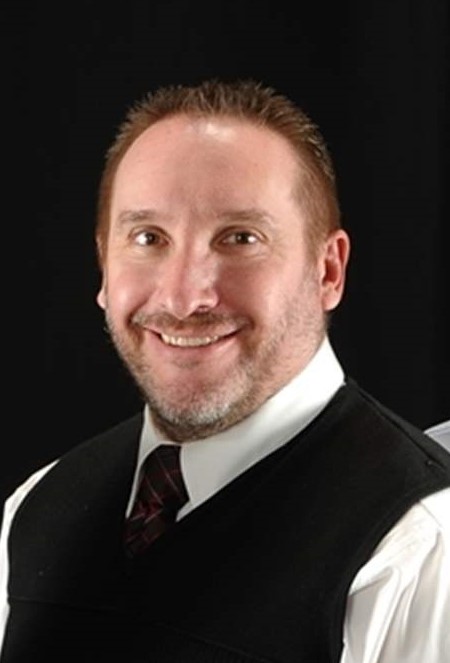
Dr. Anthony Remijan
[click to enlarge]
I am pleased to announce that Dr. Anthony (Tony) Remijan will be the next NRAO Assistant Director for Science Support and Research (AD/SSR), based in Charlottesville, Virginia.
Tony began his career at the University of Illinois (Urbana-Champaign), doing his undergraduate work and Ph.D. there. After some college teaching and a stint at NASA, he joined NRAO as a postdoc in 2006, eventually becoming a staff scientist, later Division Head for Scientific User Support and Research, and most recently Deputy Assistant Director for the North American ALMA Science Operations.
Tony spent considerable time commissioning ALMA in Chile, and is well-known for his contributions to several NRAO / Green Bank Observatory instruments and science programs. As AD/SSR, he will work with departments and divisions across both Observatories to expand Science-Ready Data Products implementation and adoption, continue our excellent telescope time allocation process, and develop the science environment at NRAO to support the research needs of our scientific staff. His contributions to ALMA and the North American ALMA Science Center over the past decade, both as a staff member and a leader, have been an important part of ALMA’s success.
Tony will begin his new position on Monday, 23 May. Please join me in wishing him success in his new role.
Volunteers Needed to Serve on VLA, GBT & VLBA Science Review Panels

Members of NRAO’s Science Review Panels (SRP) play a very important role in identifying the Science Programs for these world-leading radio telescopes.
Being a reviewer could help you to:
- Learn what science other astronomers are interested in;
- Get a sense of what makes the most compelling proposals;
- Build your group of professional contacts and potential collaborators;
- Understand the review process for a major observatory.
If you are interested, volunteer to be an SRP member by filling out a simple form.
ngVLA Project News
Building and Expanding ngVLA Science
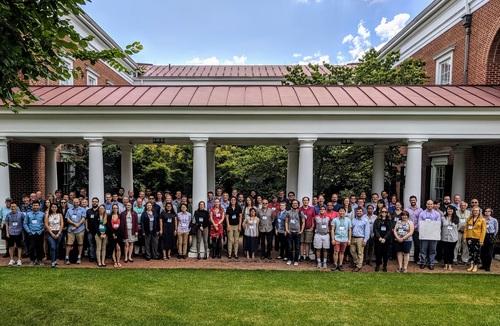
NRAO
Attendees at the 2019 conference on Radio/millimeter Astrophysical Frontiers in the Next Decade.
[click to enlarge]
The ngVLA Science Advisory Council (SAC) continues to solicit science input from the community. As part of this process, the Science Working Groups (SWGs) have evolved, with an aim to provide focus but with enough breadth to include all science areas. The original four groups have expanded to five, with the addition of a group focused on “Astrochemistry and the Molecular Emergence of Life”, a nod to the ngVLA’s significant potential in astrochemistry. The other four SWGs are: (1) Stars, Planetary Systems, and their Origins; (2) Galaxies and Galaxy Evolution; (3) Pulsars, Cosmology, and Fundamental Physics; and (4) Exploring the Dynamic Universe. Descriptions of all the SWGs are online.
In the coming months, the SWGs will update and add to the ngVLA science use cases put forward in 2018's Science Book. Anyone interested in joining a SWG is welcome to sign up via the ngVLA Contact Us link on the SWG page.
VLA/VLBA to ngVLA Transition Advisory Group Announced
After carefully reviewing a large number of exceptional nominations, it is our pleasure to announce the VLA / VLBA to ngVLA Transition Advisory Group (TAG). Guided by the scientific opportunities planned for the coming decade, the TAG is charged to develop, quantitatively assess, and evaluate a set of possible VLA / VLBA to ngVLA transition options that can be prioritized on their scientific promise, cost, and technical / personnel impacts. It is anticipated that the TAG's final report will be delivered by mid-2023 to NRAO and the U.S. National Science Foundation (NSF).
The TAG's report–VLA / VLBA to ngVLA Transition Option Concepts–will include a prioritized list of possible transition options that provide key input to NRAO and NSF planning. NRAO will use this community-led feedback to adopt a recommended VLA/VLBA to ngVLA Transition Plan that will be included as part of the construction and operations planning for the ngVLA Preliminary Design Review, slated for Spring of 2024. A Final Transition Plan will then be documented for inclusion in the ngVLA Final Design Review.
Please join us in thanking these members of our community for their participation in this very important activity: Stefi Baum (Manitoba); Alessandra Corsi (TAG Co-Chair; Texas Tech); Simona Giacintucci (NRL); George Heald (CSIRO); Ian Heywood (Oxford); Daisuke Iono (NAOJ); Megan Johnson (USNO); Michael Lam (RIT); Joe Lazio (TAG Co-Chair; Caltech/JPL); Adam Leroy (Ohio State); Laurent Loinard (UNAM); Leslie Looney (Illinois); Lynn Matthews (MIT/Haystack); Ned Molter (UC Berkeley); Eva Schinnerer (MPIA); Alex Tetarenko (Texas Tech); Grazia Umana (INAF); and Alexander van der Horst (GWU)
Particle Acceleration in Runaway Stellar Bow Shocks
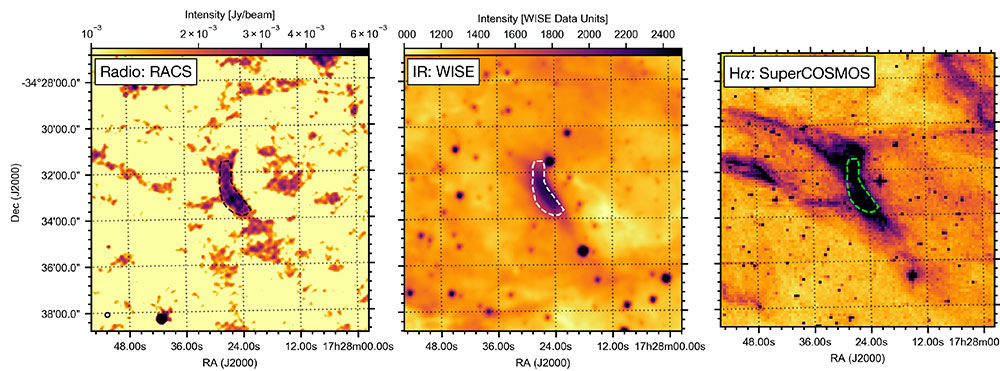
Comparison of the radio (left, ASKAP), IR (middle, WISE) and H-alpha (right, SuperCOSMOS) bow shock G3 in the star-forming region NGC 6357.
[click to enlarge]
Massive stars can be ejected from their birth location through dynamical interactions in dense stellar environments or supernova kicks of binary companions. If these runaway stars reach supersonic velocities, they create arc-shaped bow shocks in the interstellar medium. These powerful shocks are thought to accelerate charged particles to very high energies, which should lead to non-thermal emission across their spectra (e.g., Del Valle et al. 2012).
But bow shock detections have remained rare beyond the infra-red (IR) band, where hundreds are known due to their shock-heated dust emission. Until recently only one was detected in the radio band, while no confident high-energy counterparts are known (Benaglia et al. 2010).
The new radio observatories MeerKAT and ASKAP have allowed us to greatly increase the number of bow shocks with candidate radio counterparts. For instance, by cross-matching catalogs of Galactic bow shocks and the Rapid ASKAP Continuum Survey, we found nine bow shocks coincident with radio sources (Van den Eijnden et al. 2022). In three cases the radio emission clearly constitutes the bow shock counterpart (see figure). Other cases await confirmation with future observations. In all cases, we can use the shock energetics to understand the nature of the emission to a degree, finding a mixed bag of sources that may be non-thermal, thermal (free-free emission), or both.
These inferences about the radio emission's origin are, fundamentally, indirect. New observations over a larger frequency range will directly distinguish between thermal and non-thermal scenarios by measuring the broad-band spectral shape. Sensitive observations at multiple frequencies with, for instance, the next generation Very Large Array (ngVLA) will help to unravel the particle acceleration properties of these shocks, in turn providing predictions for their high energy emission. Importantly, the ngVLA's very high sensitivity will also probe the radio emission and particle acceleration in a significantly larger sample of bow shocks, thereby helping to understand the entire population, not just the radio-brightest sources.
Since 2015 the acronym ngVLA has appeared in 800+ publications indexed in the SAO/NASA Astrophysics Data System. This article continues a regular feature intended to showcase some of those publications. We are especially interested in showcasing work done by early-career researchers. The collection of showcase articles can be viewed online. Anyone wishing to volunteer to author a feature should contact Joan Wrobel.
The VLA Sky Survey in the Multiwavelength Spotlight: 3rd Announcement
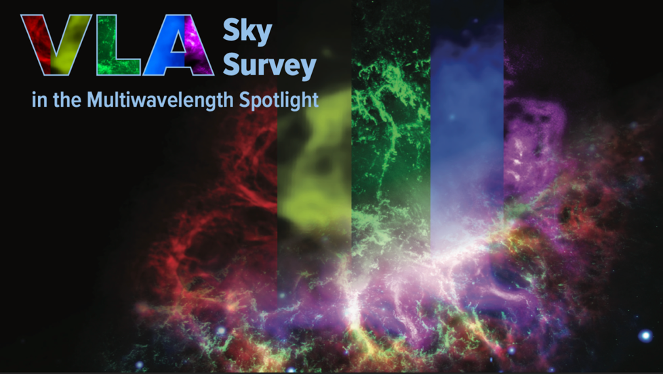
ABSTRACTS DUE ON JUNE 1!
The NRAO is organizing the “Very Large Array Sky Survey in the Multiwavelength Spotlight” conference that will take place from 7-9 September 2022, in Socorro, New Mexico, USA as well as virtually! The hybrid format of this conference will allow participants to choose to attend either in-person or virtually.
The goal of this conference is to share a diverse range of scientific perspectives, both on the discoveries enabled by the Very Large Array Sky Survey (VLASS) on its own, and on advances made possible through synergy with other datasets. Opportunities for multiwavelength VLASS synergy include radio/mm observatories and surveys (e.g., ALMA, LOFAR, ASKAP, MeerKAT, Apertif), optical/infrared imaging and spectroscopy (e.g., HST, Roman, Euclid, DESI, PFS, JWST), multi-epoch widefield surveys (e.g., SDSS, PanSTARRS, LSST, DES, ZTF), and the high-energy domain (e.g., Chandra, XMM-Newton ,eROSITA).
Registration is now open: Register today! Registration is open until 1 August 2022 for both in-person and virtual attendees. Discounted rates are available for students.
Travel support applications are now open: If you need financial assistance in order to attend the meeting, please complete the Travel Support Request form. You must give an oral (if chosen) or poster presentation to receive support. The primary goal of our travel assistance program is to broaden participation in the in-person component of the conference. Preference will be given to students and early career researchers from underrepresented backgrounds. Options for administering funding awards will include travel advances and/or direct booking prior to the meeting. The organizers will review requests on an ongoing basis. They must be received by 1 June 2022.
VLA tour announcement: All registrants are invited to join us for a private, exclusive tour of the VLA on Saturday, 10 September. Buses will leave Socorro at 8.30 am and return by 2 pm. The VLA tour is included as part of the in-person registration. Additional tickets for guests may be purchased for $15 during registration. Space on the VLA tour is limited, and will be accommodated on a first-come-first-served basis. Secure your spot on the tour by registering today!
Abstract submission is open: Submit your abstract today! We are soliciting abstracts for both oral and poster presentations related to the following key topics:
- Galaxies, SMBHs, AGN, and quasars
- Explosions, variables, and transients
- Star formation and the ISM
- Galactic radio sources
- Polarimetry and Magnetism
- Broadening participation in astronomy*
- Multiwavelength surveys and instruments
- Data products, archives, and tools
(*Broadening participation topics include student programs, mentoring, and outreach.)
Confirmed Invited Speakers: Additional invited speakers will be announced soon! |
Key Important Dates: |
SOC: |
LOC: |
VLA Pipeline Imaging Pilot Operations
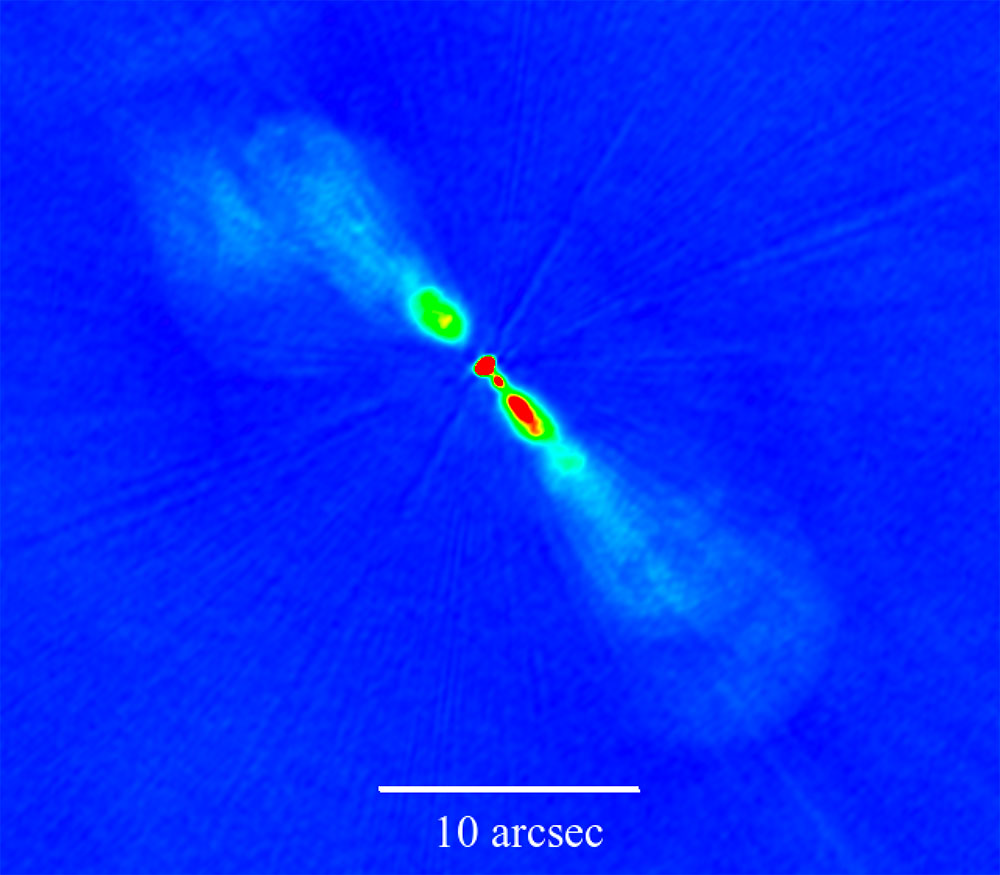
A radio galaxy in one of the fields of our first pilot imaging project.
[click to enlarge]
Late this summer, NRAO will begin delivering images made using the VLA imaging pipeline to users as part of NRAO’s Science Ready Data Products (SRDP) initiative. To be imaged, data must qualify for SRDP calibration: acquired at C-band or above for continuum science, and following a standard calibration scheme. Imaging occurs on a per execution block basis, the combination of multiple execution blocks for imaging currently must be done by the user. (The VLA imaging pipeline, when run manually, can image multiple executions in cases where observing setups are identical.) Both the science-ready calibrations that are already produced as part of SRDP and the new images will be delivered to users via the NRAO archive.
To test the workflow and pipeline software before going into full production, we have begun imaging and delivering a small number of observations that will span a range of science use cases as a pilot. This pilot will continue until we begin production. If your project is selected for the pilot we will inform you via email.
ALMA Program News

ALMA had record observing time demand in Cycle 9.
[click to enlarge]
Cycle 8 Science Operations
ALMA will shortly move to the C4 Cycle 8 configuration as scheduled for the remainder of May, to be followed by configurations C5 and C6. In C4 configuration, baseline lengths in the 12m array span 15-784m, for a main beam size at 3mm of 0.92". 90% of Cycle 8 pipeline processed data has been delivered within 30 days, achieving the goal (50% within ten days).
Cycle 9 Call for Proposals
The ALMA Cycle 9 Call for Proposals for scientific observations closed after receiving 1769 proposals, according to a report from the Joint ALMA Observatory (JAO), surpassing the 1735 proposals submitted in Cycle 8. The community requested a record amount of time on both arrays–12m Array and Morita Array– including just over 27,900 hours on the 12-m Array.
The JAO anticipates having 4300 hours of approved Cycle 9 science time on both the 12m Array and the Morita Array, which consists of the 7-m and Total Power antennas. The community demand for more ambitious programs continues. Forty Large Programs were submitted, as in Cycle 8. A total of 239 Cycle 9 proposals requested 25-50 hours, a 20% increase over Cycle 8. The overall oversubscription rate of 6.5 reflects the enthusiasm to use ALMA by its communities worldwide.
The process of refereeing and selecting proposals has begun. Results will be available in August 2022. Cycle 9 is currently scheduled for observations from October 2022 to September 2023.
ALMA Science Sustainability
A Call for Proposals for ALMA Development Studies has been released. Funding for several Studies may be available, to begin 1 January 2023, depending on availability of funds in the FY2023 federal budget.
- There will be an Informational Meeting on 7 June 2022
- Notice of Intent is mandatory and due by 14 June
- Proposer’s Questions should be Submitted no-later-than 7 July
The deadline for proposals will be 12 July 2022 for funding to run 1 January–1 December 2023, depending on the U.S. Federal budget process. We welcome any member from within the North America ALMA Development Partnership (U.S. or Canadian Institution) to submit a proposal to investigate a potential ALMA upgrade, particularly those which address goals of the ALMA2030 Development Plan (ALMA Memo 612) and the ALMA2030 Wideband Sensitivity Upgrade. When the call opens the materials will be linked from the NA ALMA Development Program website. Reports from Previous ALMA/NA Development Studies may be examined online at ALMA Development Studies and Projects History.
Redefining the ALMA User Experience
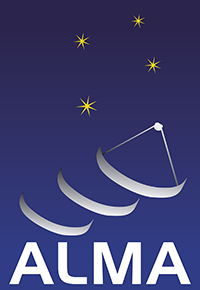
Between November 2020 and May 2021, ALMA staff performed a series of interviews to understand and improve the ALMA User Experience.This Redefining the ALMA User Experience (RedUX) project surveyed 69 users in North America and around the world, to better understand how they interact with the ALMA project, what works well, and what could be improved.
The feedback from these interviews was combined and used to make specific suggestions to a wide range of ALMA component systems. Based on these interviews, recommendations were made across the project, ranging from software functionality to how ALMA science results are advertised. Many changes have already been implemented, including making face-to-face visit requests easier, we are exploring new ways of increasing communication and engagement with the community, increasing user training regarding the delivered data products, and offering remote, user-initiated data processing.
Within North America, we have responded to the survey feedback by increasing opportunities for users to directly interact with ALMA/NAASC staff. This includes offering NAASC Chats–where users can sign up for a ~1 hour phone call with a member of the North American ALMA Science Center–increased advertising of virtual and in-person visits (see below), and development of training programs and workshops focused on data processing and analysis.
The services provided by the North American ALMA Regional Center include:
- A face-to-face visitor program for data reduction, scientific interaction with NAASC staff, or sabbatical. Visits range from a few days to a year; visitors are eligible for NAASC financial support.
- Assistance with ALMA proposal preparation and submission.
- Support for accepted programs via Contact Scientists.
- Tool and algorithm development for calibration, imaging, and analysis of data sets.
- NAASC Community Day events provided via the ALMA Ambassador Program and general education of the ALMA user community.
- ALMA Helpdesk management.
- Operating a copy of the ALMA Archive.
- Student funding and page charge support.
- On-demand ALMA calibrated measurement sets and user-defined imaging via the NRAO Archive.
For additional details and services, see the Guide to the North American ARC.
Thank you to all the users who participated in RedUX interviews and provided feedback on their ALMA experiences.
For more details about RedUX and its outcomes, see the article in the March 2022 Issue of ESO's The Messenger.
From Cells to Galaxies: Exploring the Synergies between Radio Astronomy & Medical Imaging

Call for Abstracts
The fields of medical imaging and radio astronomy have many similarities, including data collection in reciprocal space, use of advanced image reconstruction techniques, opportunities for innovation in image processing and visualization, and large / complex datasets. However, the significant differences in these fields, for instance in terms of instrumentation and scale, has led them to diverge.
For our upcoming in-person From Cells to Galaxies workshop, we seek to use this divergence as an opportunity. We believe that by taking the time to understand the challenges of our respective fields and the solutions that have been devised, we may be able to tackle these problems from a unique, combined perspective which takes advantage of our disparate knowledge.
Abstracts about a challenge that you think could be tackled from a unique perspective using new tools found in other fields are now being accepted. The workshop will be held 21-23 September 2022 at the Intercontinental Saint Paul Riverfront hotel in St. Paul, MN.
Visit the conference website to learn more.
Are You Presenting ALMA, VLA, or VLBA Results at AAS 240 in Pasadena?
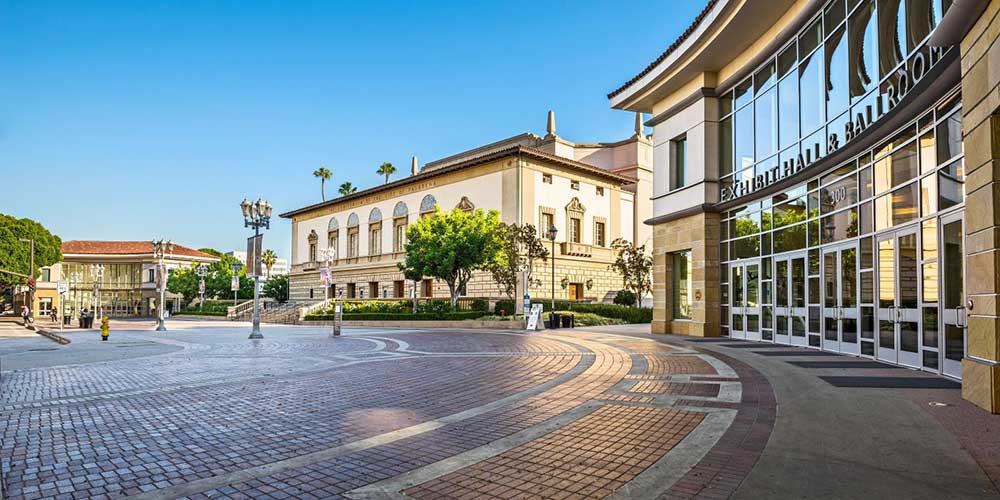
The 240th American Astronomical Society (AAS) meeting in Pasadena, CA is set to be perhaps the largest spring/summer conference in AAS history as we all come back together for the first time in over two years. That means more distractions for journalists, and fewer opportunities to keep their attention. Do you know how to talk about your research in under three minutes in a crowded and noisy hallway?
Now is the time to schedule media training with the NRAO News Team. Please reach out to Public Information & News Manager, Amy C. Oliver, for training options.
Recent Media Releases
Career Opportunities
Observatory Scientists (closing date 15 May): VLA/VLBA Science Support Division, Socorro, NM
Operations Specialist I-III (open until filled): Array and Correlator Operations Division, Socorro, NM
The NRAO is seeking candidates for a wide variety of positions. For a full list of open positions please visit our Careers Page. Also, to stay up-to-date on new openings sign-up for our Job Alerts.
From the Archives
Ellen Bouton

[click to enlarge]
About this month's photo: In May 1982, NRAO submitted to the National Science Foundation the proposal to build and operate what became the Very Long Baseline Array (VLBA). Construction began in Pie Town, New Mexico in February 1986 on the first VLBA antenna; construction on the tenth and final antenna on Maunakea (historically often referred to as "Mauna Kea"), Hawaii was completed in April 1993, and on 29 May 1993 the first observations were made using all ten VLBA stations. In this photo, taken by Peter Napier on 27 January 1992, the Maunakea antenna is in the initial stages of construction
From the Archives is an ongoing series illustrating NRAO and U.S. radio astronomy history via images selected from our collections of individuals' and institutional papers. If readers have images they believe would be of interest to the Archives, please contact Ellen Bouton.

